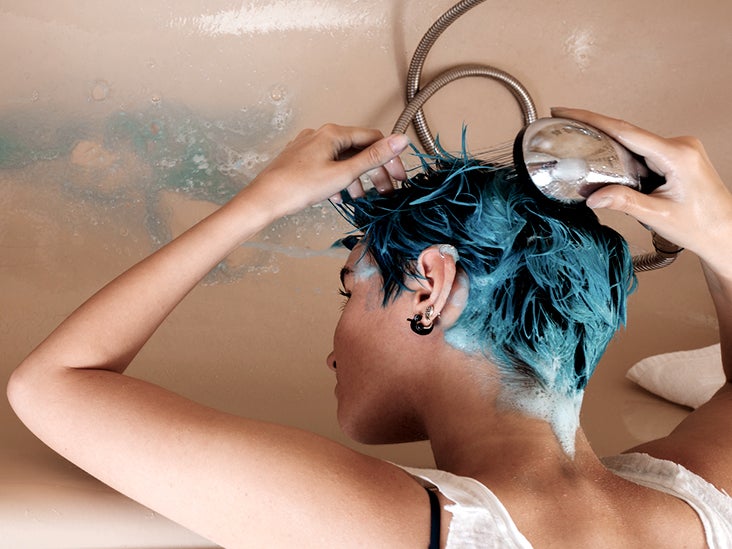
Coloring your hair can be a fun and transformative experience, allowing you to express yourself in vibrant and creative ways. However, it's crucial to prioritize the health and safety of your hair and scalp during the coloring process. Chemicals in hair dyes can potentially damage your hair if not used correctly or excessively. In this article, we'll explore the safest methods to color your hair while minimizing damage and maintaining hair health.
1. Choose Quality Products
Selecting high-quality hair color products is the first step towards safe hair coloring. Look for brands that offer ammonia-free and low or no peroxide options. Ammonia can be harsh and strip your hair of its natural oils, leaving it dry and brittle. Opt for products that are gentle on your hair and scalp.2. Perform a Patch Test
Before applying any hair color, it's essential to perform a patch test to ensure you're not allergic to any ingredients in the dye. Apply a small amount of the hair color to a discreet area of your skin, typically behind the ear or on the inner arm. Follow the instructions and wait for 24-48 hours to check for any adverse reactions.3. Avoid Frequent Coloring
Minimize the frequency of hair coloring to reduce potential damage. Aim for a longer gap between coloring sessions to allow your hair to recover and rejuvenate. Constantly exposing your hair to chemicals can weaken its structure and make it more prone to breakage.4. Deep Conditioning Treatment
Prior to coloring, indulge in a deep conditioning treatment to nourish and strengthen your hair. Well-moisturized hair is less susceptible to damage during the coloring process. Regular deep conditioning also helps in restoring the natural health and shine of your hair.5. Seek Professional Assistance
Consider consulting a professional hairstylist or colorist, especially if you're new to hair coloring or want a complex color transformation. They have the expertise to recommend the best products and techniques for your hair type, ensuring a safer and more satisfying coloring experience.6. Follow Instructions Carefully
Always follow the instructions provided with the hair color product. Mixing ratios, application times, and post-coloring care are essential aspects that should not be overlooked. Deviating from the recommended instructions can result in uneven color or damage to your hair.7. Limit Heat Exposure
Excessive heat can weaken your hair and cause color to fade faster. Avoid using hot styling tools immediately after coloring and limit their use in the following days. If you must use heat, opt for the lowest setting to reduce potential damage.8. Use UV Protection
Protect your hair from the sun's harmful rays by using products that contain UV filters. UV exposure can cause color fading and weaken your hair. Wearing a hat or scarf can also provide added protection when spending extended periods outdoors.9. Opt for Highlights or Lowlights
Consider alternatives like highlights or lowlights that involve less direct contact with your scalp and hair. These techniques can create a beautiful color effect without covering the entire head, minimizing potential damage.10. Maintain a Healthy Hair Care Routine
Post-coloring, maintain a healthy hair care routine with appropriate shampoos and conditioners specifically designed for colored hair. Regular trims can also help remove damaged ends and maintain overall hair health.In conclusion, the key to safe hair coloring lies in using high-quality, gentle products, following instructions meticulously, and allowing your hair sufficient time to recover between coloring sessions. By prioritizing hair health and following these guidelines, you can achieve the desired color while keeping your hair strong, vibrant, and beautiful.




